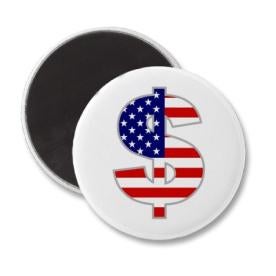1. There is no single “Buy American” requirement – there are numerous statutes with differing requirements. Make sure you know which one applies.
2. Whether you are a prime or a subcontractor, certify only to the specific “Buy American” requirements in the RFP; do not make a broader certification than is required.
3. The Buy American Act (“BAA”) and the Trade Agreements Act (“TAA”) are different animals. Compliance with one is not compliance with the other.
4. Country of origin requirements vary from procurement to procurement based on: (i) the buying agency; (ii) what is being bought; and (iii) the value of the contract. See Tip No. 1 above.
5. The Government often includes multiple, contradictory country of origin requirements in an RFP. Do not be afraid to discuss the issue with your customer to eliminate the inconsistency – the customer may be just as confused as you are.
6. The BAA does not prohibit the purchase of foreign-made products; it merely provides a price preference (ranging between 6-50%) for domestic “end products.”
7. The TAA does prohibit the purchase of products and services that are not “substantially transformed” in the U.S. or a “designated country.”
8. China and India are not “designated countries.” But Tawain and Singapore are. Know what countries are on the list, and be aware that the list is commonly updated.
9. There is a partial exception under the BAA for “components” of commercial off-the-shelf (“COTS”) products; if you are delivering a COTS “end product,” you do not need to worry about the origin of the “components.”
10. There is a broad exception under the BAA for purchases of commercial information technology.
11. Have a process in place to track and verify the country of origin of products that will be delivered to your government customers. You may need to validate your certifications later.
12. Some agencies, such as the U.S. Department of Defense (“DOD”), have additional “Buy American” restrictions relating to specific products (such as textiles, body armor and specialty metals). These DOD-unique requirements are in addition to those imposed by the BAA or TAA.
13. Just because a product qualifies under any of the various “Buy American” statutes does not mean that you can label the product as “Made in America.” Product labeling is separately regulated by the U.S. Federal Trade Commission.
14. U.S. Customs and Border Protection makes country of origin determinations for tariff purposes; this tariff classification does not necessarily correspond to the country of origin under the BAA or TAA.
15. Be aware that federal “Buy American” requirements can also apply at the State or local level where federal dollars are being spent; many States may also impose separate “Buy American” or “Buy Local” requirements of their own.
16. Free trade agreements (like NAFTA or the WTO GPA) may override certain “Buy American” requirements. Be aware of what you are providing and to what agency to understand the interplay. See Tip No. 3 and No. 4, above.



 i
i

